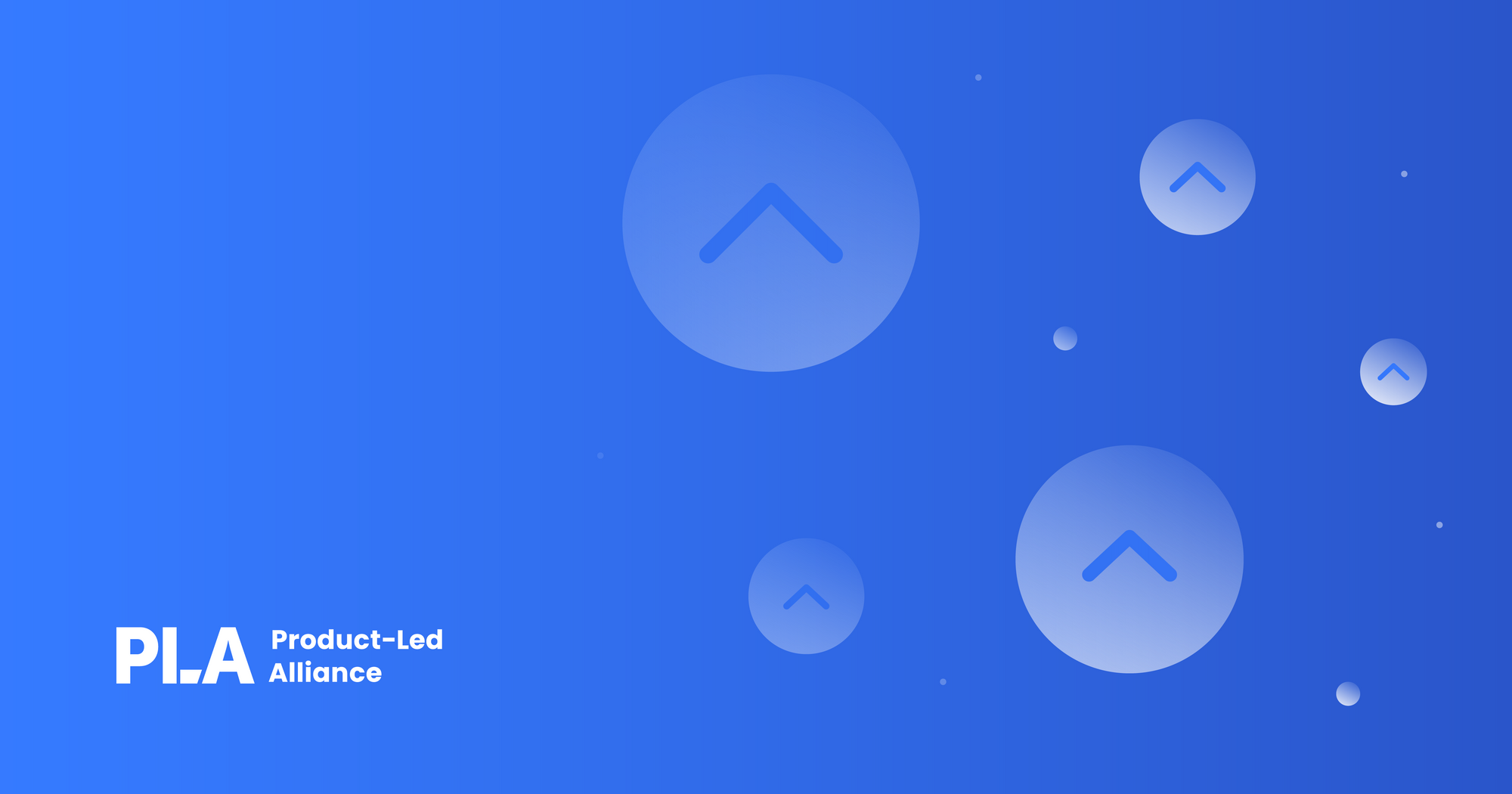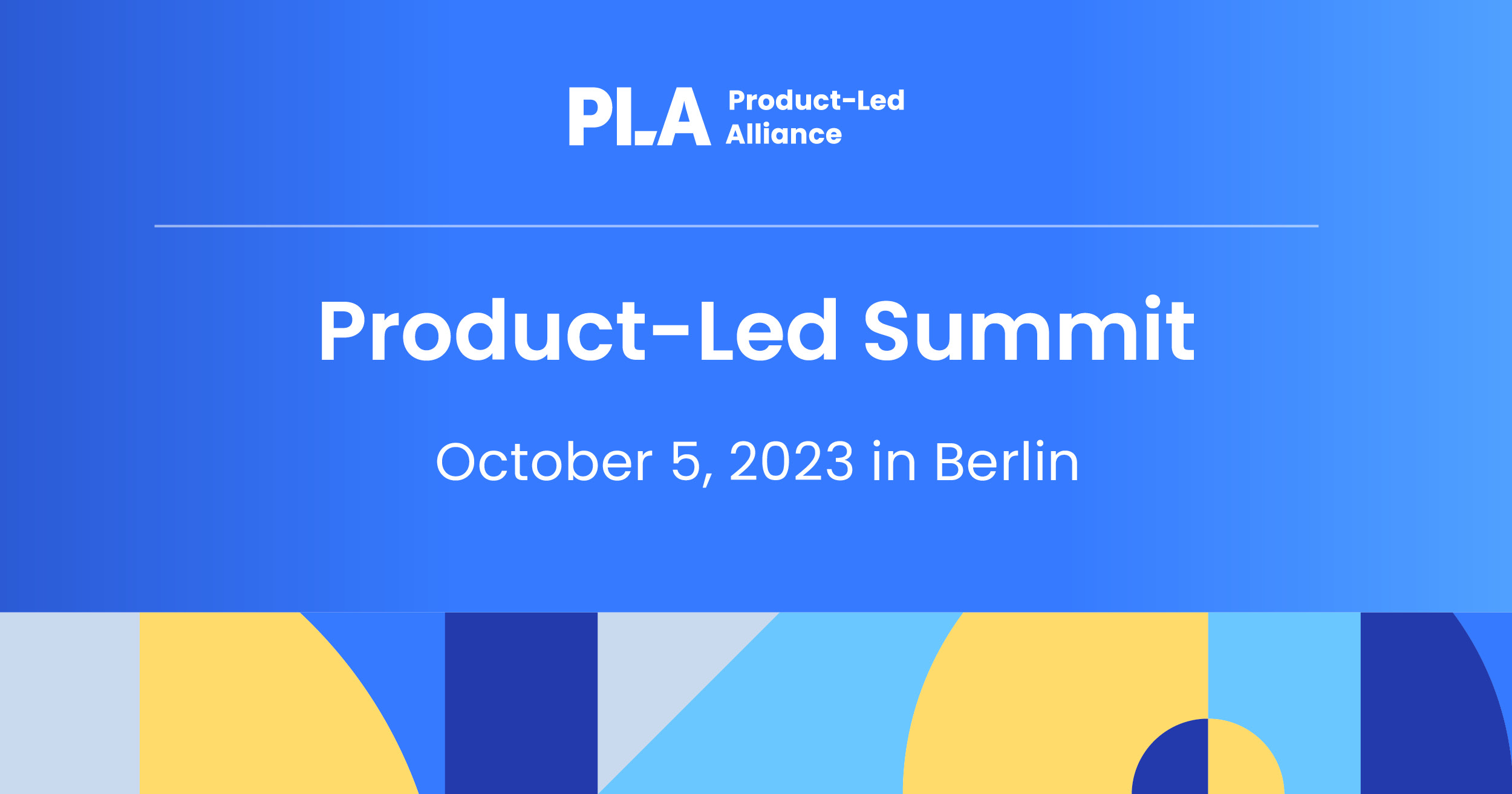Google Bard vs. ChatGPT. A tale as old as time. Well, perhaps, maybe not. A tale as old as early 2023, when Google Bard launched as a direct competitor to ChatGPT.
It’s not surprising so many artificial intelligence (AI) chat services are popping up. With the advancement of natural language processing (NLP), the technology has finally come into the hands of the everyday person.
With AI so readily available, the possibilities of how the tech can be used is being pushed to its limits with exciting results. The two big names on the block right now are Google Bard and ChatGPT, each with its own capabilities users are mastering for their own benefit.
So, how does each differentiate from the other, and how can you use that for product development?
What is Google Bard?
Google is just getting started in the AI game. The name Bard stands for “Building Assistant for Research and Development,” and if that doesn’t inspire you and your product development process, what will?
By using a combination of NLP, deep learning algorithms, and its vast data bank, Bard can present all types of feedback and documentation based on what you ask it to do. Think of Bard as a repository of knowledge, and it merges all it can access to do as you bid.
So, how can you use Bard for product development?
Data research and management
Bard's real superpower is its knack for getting those creative juices flowing and coming up with fresh ideas. It digs into massive amounts of data and churns out all sorts of ingenious solutions to tackle those tricky product development problems. Think of it as your virtual buddy for brainstorming sessions, always there to offer a treasure trove of info and inspiration to help you polish and fine-tune your concepts.
Understanding existing technologies and finding opportunities for innovation is no small feat. But fear not, because BARD can handle it. It can process and analyze patent databases, giving you valuable insights into the patent landscapes.
This helps you identify white spaces and spots where you can bring something unique to the table. Plus, it keeps you aligned with intellectual property considerations, ensuring your final product is one-of-a-kind.

Customers
Listening to your customers is key to creating successful products, and Bard knows it well. It can analyze user reviews, feedback forums, and social media discussions to gather all the juicy insights into customer preferences, pain points, and expectations. Armed with this information, you can make informed decisions about what features to prioritize, how to enhance the user experience, and how to iterate on your product.
Time management
Time is precious, especially when it comes to innovation. That's where Bard truly shines. By automating the information-gathering and idea-generation processes, it helps you streamline your workflow and speed up innovation. Bard provides you with relevant insights and ideas on demand, saving you valuable time. This way, you can focus on other important aspects of product development, such as prototyping, testing, and marketing. Baard is here to supercharge your innovation journey.
How does ChatGPT work?
ChatGPT, on the other hand, is an advanced AI model developed by OpenAI, designed to engage in interactive conversations with users. You can leverage the GPT architecture, enabling it to help generate relevant responses and mimic human-like conversations, and continuously train it through prompts and commands. ChatGPT's strength lies in its versatility and ability to assist you across the various stages of product development.
Predicting success, optimizing results
Understanding market trends and consumer preferences is essential for successful products. ChatGPT dives into a sea of data to provide valuable insights into emerging technologies, industry trends, and customer needs. Armed with this knowledge, you can make informed decisions about product features, target markets, and what sets you apart from the competition.
ChatGPT isn't just smart; it's also an analytical wizard. By crunching historical data and market trends, it helps you forecast demand, devise pricing strategies, and optimize your supply chain. This crystal ball-like foresight empowers you to make data-driven decisions, minimizing risks and maximizing your product's success. And, with ChatGPT's ability to generate multiple scenarios and evaluate potential outcomes, you can chart the most favorable path for market entry and growth.
Prototyping
Efficient prototyping and iteration are vital for developing products that meet customer expectations. ChatGPT is your go-to assistant for rapid prototyping. It's a treasure trove of on-demand information and technical expertise, suggesting design elements, materials, and manufacturing techniques. And, during the iteration process, ChatGPT engages in dynamic conversations, giving you valuable feedback to improve and refine your prototypes with lightning speed.
Seamless customer experience
Creating a user experience that wows is paramount. ChatGPT taps into user feedback, reviews, and social media discussions, extracting insights into customer preferences, pain points, and expectations.
Armed with this treasure trove of information, you can optimize user interfaces, streamline workflows, and elevate the overall user experience. ChatGPT's knack for understanding natural language and adapting to user preferences ensures your final product hits the mark.

Collaboration and documentation
Effective collaboration and documentation are the pillars of successful teamwork. ChatGPT acts as a central hub, accessible to your entire development team. It facilitates agile collaboration by generating technical documentation, project plans, and progress reports.
This fosters transparency, aligns everyone involved, and keeps communication flowing smoothly. With ChatGPT as your trusty ally, your team can work together seamlessly, achieving project milestones with ease.
How are they different?
Bard uses a different NLP than ChatGPT, so they’re sourcing from different banks of data. Bard pulls from Infiniset, a comprehensive dataset comprising Common Crawl, Wikipedia, various documents, and online conversations and dialogues.
Bard possesses the ability to scour the web in real-time, while ChatGPT was extensively trained on an expansive collection of data, including Common Crawl, Wikipedia, books, articles, documents, and content extracted from the open internet. However, this data hasn’t been updated since 2021 on their free version, so ChatGPT may lack access to the most recent world events and cutting-edge research. Only the paid-for version has access to the internet, so if you want the most recent information, you’ll need to pay for it.
Because of their different data banks, each service will provide different answers from one another, although ChatGPT has recently introduced plugins to access up-to-date third-party knowledge from the web.
ChatGPT is also particularly skillful when it comes to coding, while Bard is still developing that skill. ChatGPT is also far more conversational and can learn from your exchange with it. Bard isn’t quite up to that level just yet, but don’t think Bard is out of the running. The AI is capable of giving multiple responses, while ChatGPT can only present one at a time.
If you’re strapped for time, Bard can also receive voice prompts for a hands-free experience. ChatGPT might not have that, but if you long for a dark mode, it’s got you covered. When it comes to cost, both have free access, although ChatGPT offers a plus subscription for $20 a month that grants faster and priority responses.
Drawbacks of each
There are a few downfalls to each, though. Users might also be concerned about plagiarism when it comes to both services. While ChatGPT swears it does not plagiarize, Bard hasn’t gotten off the hook so lightly. There have been multiple times when Bard has been caught for plagiarism, and in one instance where the service even apologized for it. So be weary when using both.
Because ChatGPT is so popular, it often has a tendency to be overstretched and becomes unavailable. You might often hear people say, “ChatGPT is down again.” You can avoid this by paying for the subscription, which offers priority service, but then you have to fork over some cash. Bard remains free at this time, but if it follows ChatGPT, it wouldn't be surprising for them to offer a more premium service down the road.
Utilizing Google Bard and ChatGPT together
While Google Bard and ChatGPT excel in different areas, they can complement each other when used together. By integrating Bard's ideation capabilities with ChatGPT's conversational prowess, developers can create a powerful synergy for product development.
The combined use of both models can facilitate a holistic approach to product ideation, refinement, and enhancement. Developers can use Bard to generate initial ideas and then engage ChatGPT in conversations to gather user feedback and validate concepts. This iterative process can help refine and iterate upon the product's design, ensuring a user-centered approach.
Conclusion
The battle between Google Bard and ChatGPT in harnessing AI for product development showcases the immense potential of these technologies. Both Google Bard and ChatGPT have demonstrated their ability to revolutionize innovation and efficiency in various industries. The key lies in leveraging the strengths of each technology and understanding their limitations.
The future of product development is undoubtedly intertwined with AI, and by staying at the forefront of these advancements, businesses can gain a competitive edge in the ever-changing market landscape. So, let's continue to harness the power of AI, pushing the boundaries of what's possible and shaping a more innovative and exciting future for product development.
Come be a part of the Product-Led Summit in Berlin on October 5th, 2023.
We've brought together leading pioneers in the field of product-led growth to share their insights, challenges, and experiences just for you.
Get your tickets now.




 Follow us on LinkedIn
Follow us on LinkedIn





